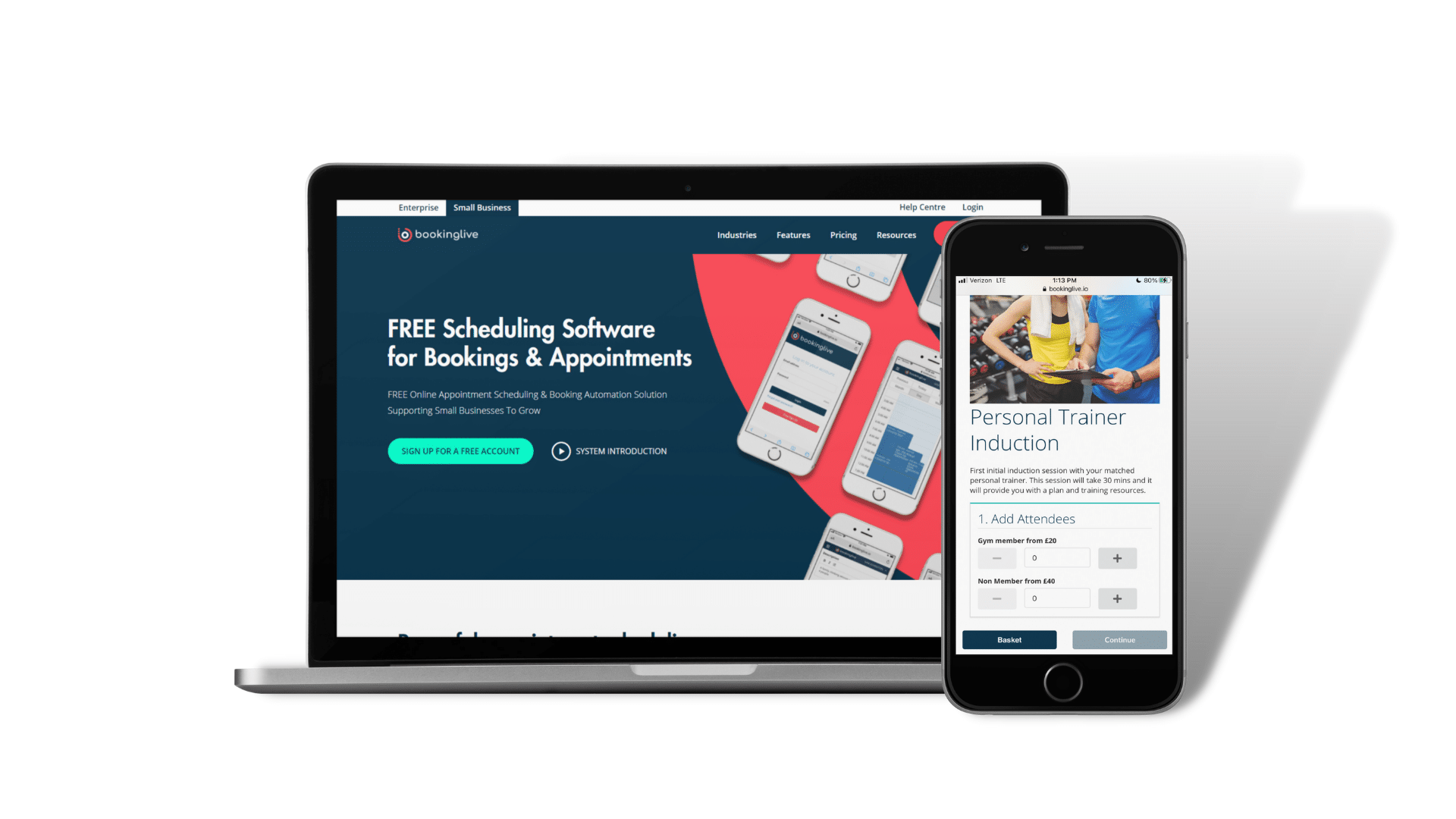Designing a Training Programme for Employees
March 29, 2022
Designing an effective training programme for employees is essential to take your business to the next level. Your employees are at the heart of your business, so invest in their skills and knowledge to help your company evolve. A solid employee training programme can take your company from being fairly successful to a leading business that everyone wants to work for.
Designing an employee training programme takes a lot of thought and planning. We’re here to guide you every step of the way.
What is an employee training programme?
An employee training programme is a collection of courses, resources and tools used to develop employees’ skills and knowledge. Employee training programmes can lead to increased productivity, efficiency and expertise in your organisation.
An employee training programme can be carried out in-house, or you can hire an external training provider – and learn from their experience. You’ll need to consider your in-house knowledge and budget.
Why is a training programme for employees important?
To have a competitive workforce, you need to invest in your people. Not only does this help your business succeed as employees are more able to do their job effectively, but staff will feel fulfilled. Research shows that 76% of employees say that a company would be more appealing if it offered additional skills training. This is a statistic not to be ignored.
Showing that you care about your employees’ personal development will create a happier workforce with a positive culture. This lifted atmosphere will lead to a lower turnover rate and healthier finances.
When you design a training programme for your employees, you can’t do it half-heartedly – as this can be worse than no training at all! An unclear programme with little direction can demotivate and confuse staff and doesn’t give them confidence in their employer. There needs to be strategic thought and reasoning behind every aspect of your training programme. We’ll now show you exactly how to do this.

How to design a training programme for employees
When designing a training programme for employees, you need to think about both the needs of your company and staff. There are a lot of details to consider, so follow our guide.
Identify employee training needs
First things first, you need to identify the areas that employees need to be trained in. You should strike a balance between what your company needs, and what your employees need. Look for inefficiencies in your organisation and make a list of aspects to improve company-wide.
Every employee will have different strengths and weaknesses. Identify training topics that will build on these strengths and address the weaknesses, whilst contributing to the vision of your business. To do this, carry out a skills gap analysis for each employee. You may find that various teams need contrasting types of training. And that’s absolutely fine. There’s not always a one size fits all when it comes to employee training.
Set objectives
For the training programme to be effective, you need clear objectives. This ensures that the training aligns with your business goals, and can help you decide on which modules and materials to include.
To get started, you should ask yourself these questions:
How will employee performance improve after the training?
E.g. “During the training, employees will learn how to use X tools to organise their tasks more effectively, and increase their efficiency.”
How will employees achieve business goals after the training?
E.g. “After developing their persuasive skills at the training, our team will generate an increase of X% of sales in the next quarter.”
How will the training improve employee retention?
E.g. “From boosting employee morale through the training, they will feel fulfilled and valued. As a result, our turnover rate will decrease by X% year on year.”
The objectives of the training should detail what the employee will understand/be able to do at the end. A number of small objectives should contribute to the overall business goal. Setting objectives gives you a clear direction and purpose, meaning you save time and money – there’s no need to waste cash on training that won’t work or suit your company.
The training provider will also gain a better understanding of how the course should be taught, so the training is more effective.

Talk to your employees
You can assess employees’ skills and create objectives for the training. But what about their thoughts? Do they have a preference for the type of training? Some may prefer live demos whereas others may learn better with online courses. They may also highlight rooms for team development that you hadn’t considered before.
Designing a training programme is for the benefit of your employees after all. To get a feel for what they’d like to see, you can run some questions past them such as:
- What would make you more confident in your role?
- What is your learning style?
- Which skill would you most like to improve?
Design the training
Here’s the step we’ve been leading to – design the training programme. Using all the insights you’ve gathered, you should have an idea of what areas need teaching to who.
Create a series of modules that progress in a logical order towards your main outcome of the training. Modules help you break the programme into manageable chunks. Humans have short attention spans, so only walk through one module per training session. This will allow employees to properly digest the information and ask questions.
When you design the training, make the most of the expertise of existing employees. Is someone able to present a workshop on data analysis, for example? If not, there are endless resources online. If you don’t feel comfortable delivering the training yourself, there are many external providers who can help.
Schedule the training
Some of your training classes may be targeted at every employee, such as talks about the company culture and future plans. Whereas other classes may be tailored to specific individuals or groups.
When you run a growing business, it can often be hard to gather everyone together due to conflicting schedules. Although you can make it work in the end, arranging meetings can become a drawn-out process. With so many training classes to schedule, it may be difficult to track attendance and progress.
A class booking system is your solution. Particularly for larger businesses, employees can easily browse through the available training classes and book onto the correct module for their plan. This is completely fuss-free and saves the time spent going back and forth to arrange a meeting.
Review and adapt over time
Once you’ve designed your employee training programme and rolled it out, you need to review its effectiveness regularly. Chat with your employees to get honest feedback on how they’re finding the course. Are they starting to feel more confident and capable in their role?
Remember to measure progress against your main business goals too. Track training effectiveness through changes in production levels, or sales generated, for example. Even if your training programme has been a roaring success, never stop reviewing and learning from the process. More resources are popping up every day, so there’s always room to adapt and expand employee training over time.

If you’re a training provider, have you considered an online booking system?
If you’re a training provider, you may already have a catalogue of different training programmes lined up. Whether you aim your training at big corporations or specialise in health and safety training, it can be hard to keep on top of your bookings.
You may deal with enquiry after enquiry on a daily basis. How many people can you train? Are you available next week? Can you offer a discounted rate? Responding to these queries and arranging mass bookings can be a struggle. With a course booking system, these hurdles are taken away.
With BookingLive, you can take bookings for your training course 24/7. Prospective clients can browse your website, select their preferred course and schedule it in five simple steps. This software solution offers convenience to both parties. Appointment availability is updated in real-time, so you don’t need to worry about double bookings.
After preparing for a training session, there’s nothing worse than when your clients don’t show up. BookingLive is proven to reduce no shows due to its automated reminder feature. Attendees can receive a notification via email or SMS, and if they can no longer attend, it’s easy for them to cancel. This can save you precious time and resources.
These are just a few of the capabilities of course booking software. Like the sound of it? Get in touch with the team at BookingLive today or book a demo. We look forward to hearing from you!
